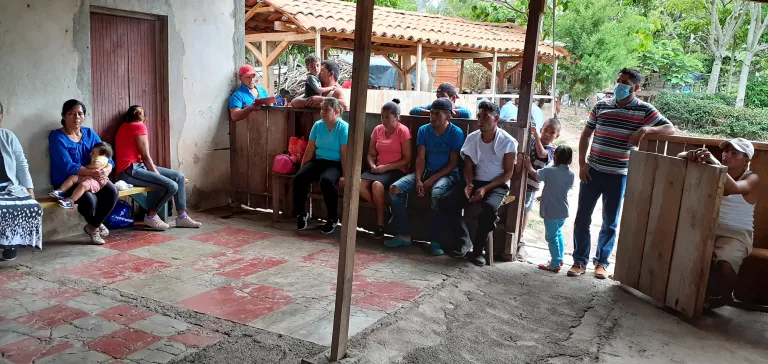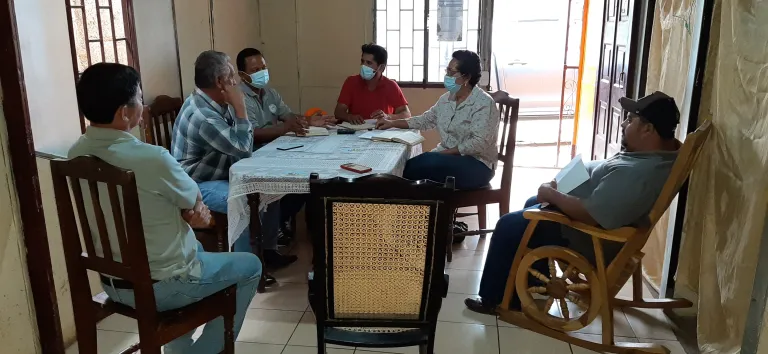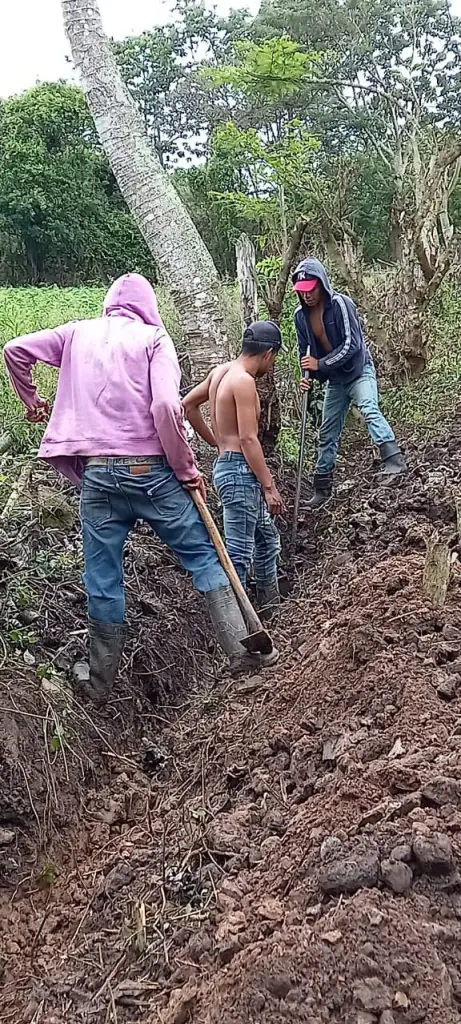Sisle #1 Water Distribution Project
- Sep 1, 2021
- 2 min read

Sisle No. 1 is located 23 kilometers from the city of Jinotega and is a community comprised of 111 people in 33 families. It was founded 1920 and is located on the shore of Lake Apanás, a hydroelectric reservoir in the Apanas Valley.
Water from the lake, historically, has been used for washing clothes and bathing and today is contaminated due to cattle and horses being allowed access to the lake.
Electricity was brought to the community by Municipal authorities in 2003, and in 2009 they built the main road into the Sisle No1. There are no schools or Public Health Centers in the community. People and students have to travel 4 kilometers by public transport, walk or in some cases use a bicycle.

The economic activity consists mainly of grain and vegetable farming. Other sources of income are from cutting and selling firewood, making of ‘Chicha’ (liquor made from fermented corn) and the raising of pigs and chickens. The food produced provides for families in the community and any surplus is sold in the markets of Jinotega and Matagalpa.
The Sisle community is one of a few in the area that have been blessed with a well that has the capacity to supply sufficient water during the dry season for its inhabitants. But, like most communities in the north of the country, people have to carry the vital liquid long distances from the well to their homes over hilly and rugged terrane – no easy task.
As with other similar water distribution projects this undertaking included the installation of a gravity fed water distribution system consisting of a raised storage tank and a network of piping to bring water to each of the homes in the community.
On July 13 2021, FUNDACCO in collaboration with the National Council of SSVP in Nicaragua, the Padre Pio Conference of Jinotega and Sisle No. 1 community members completed the installation which consisted of a 10,000 liter water storage tank, over 1900 meters of distribution piping and the installation of a submersible well pump c/w overhead electrical supply line to the well location.

Water distribution projects like these help communities in many ways, the most significant being the elimination of physical stress on women and children who are tasked with transporting the heavy liquid long distances over hilly rugged terrains.






